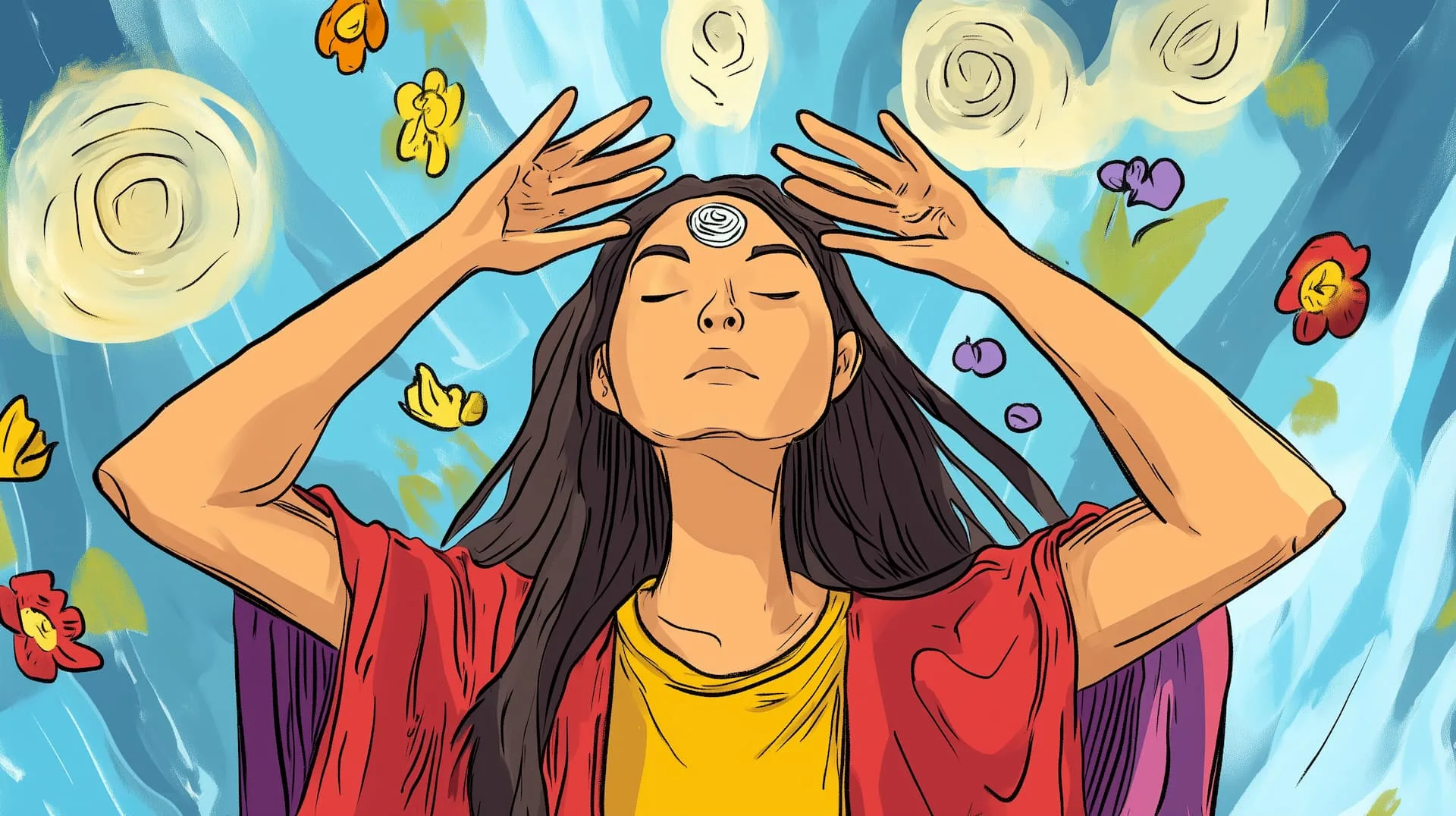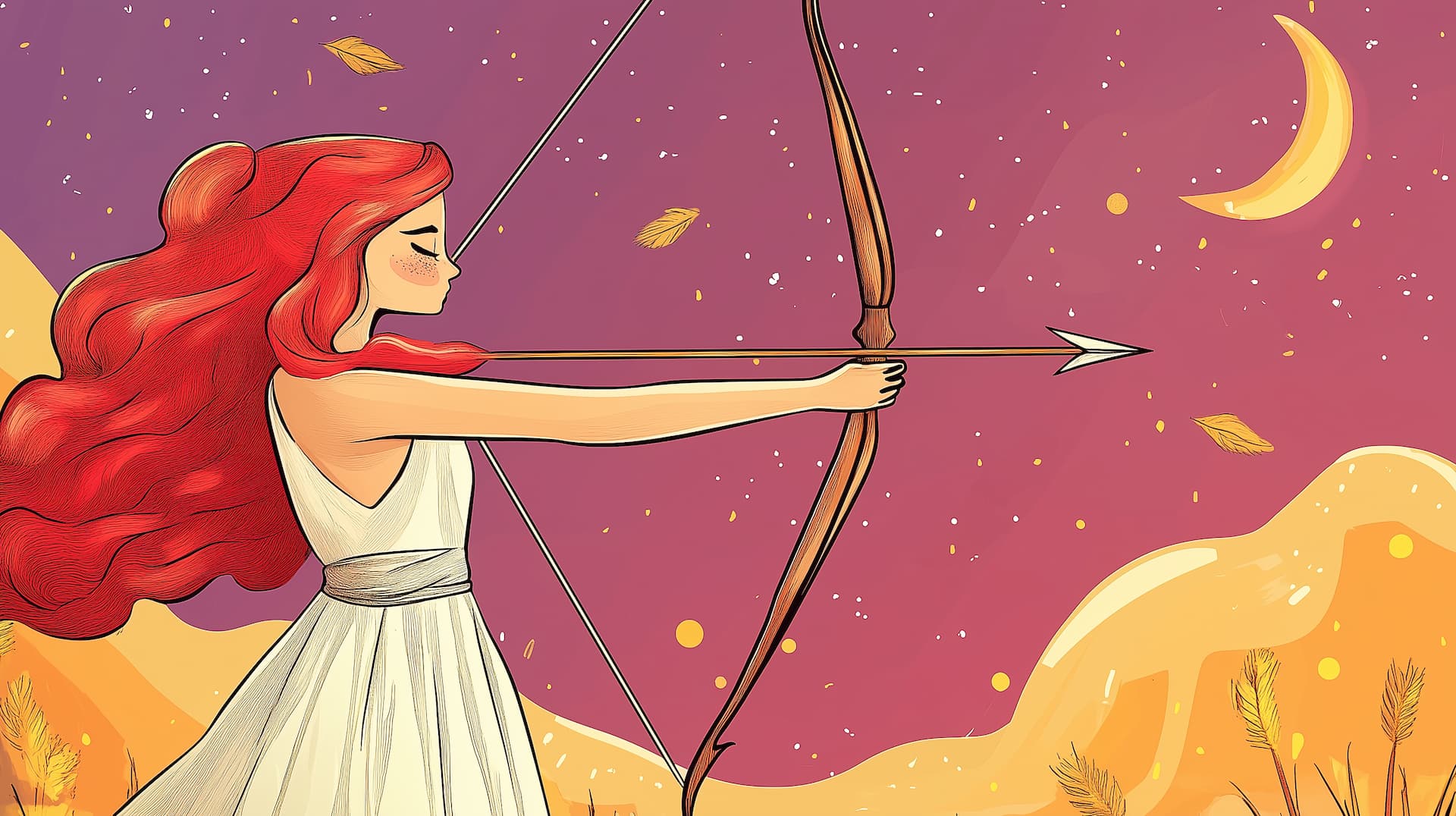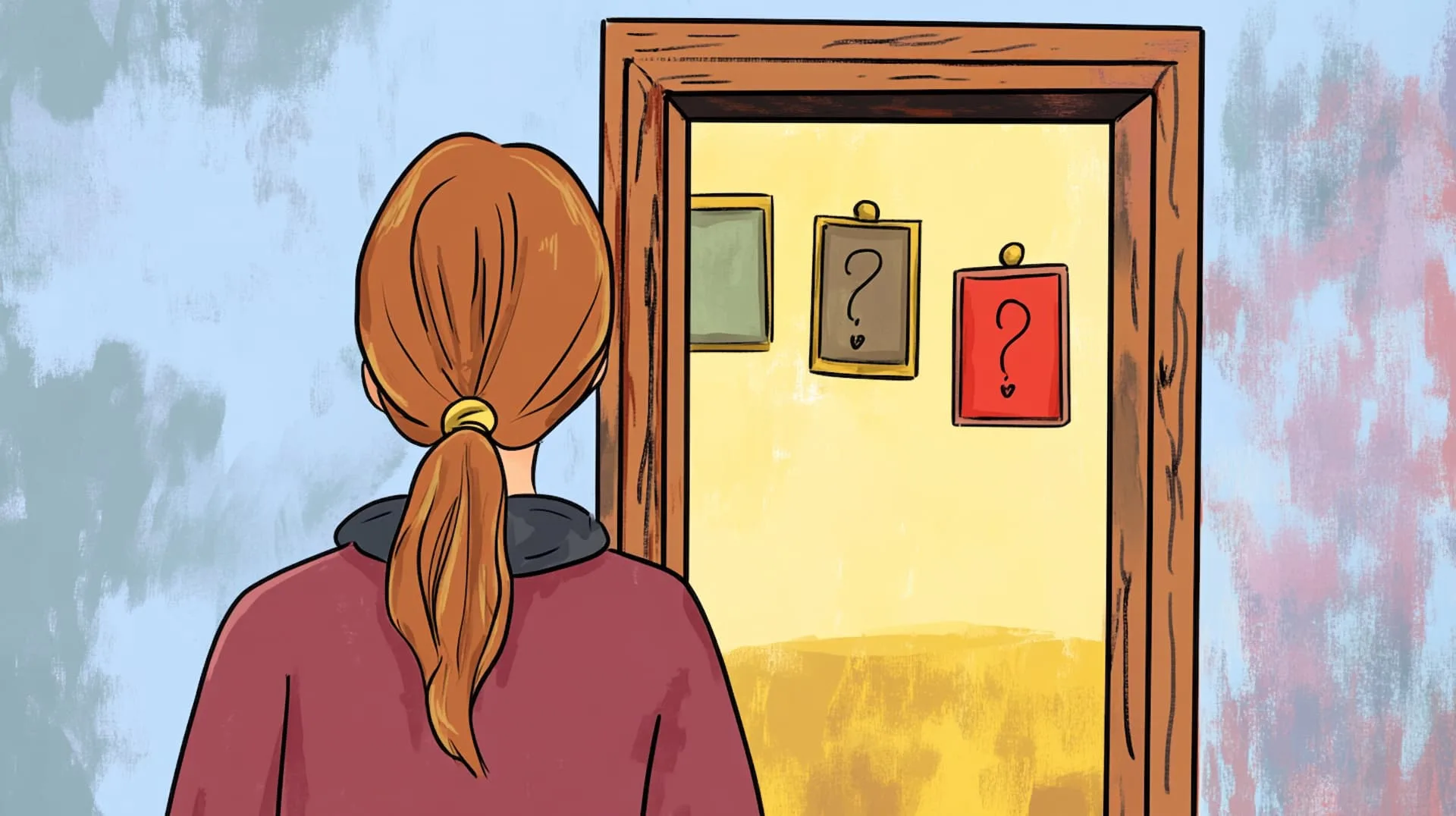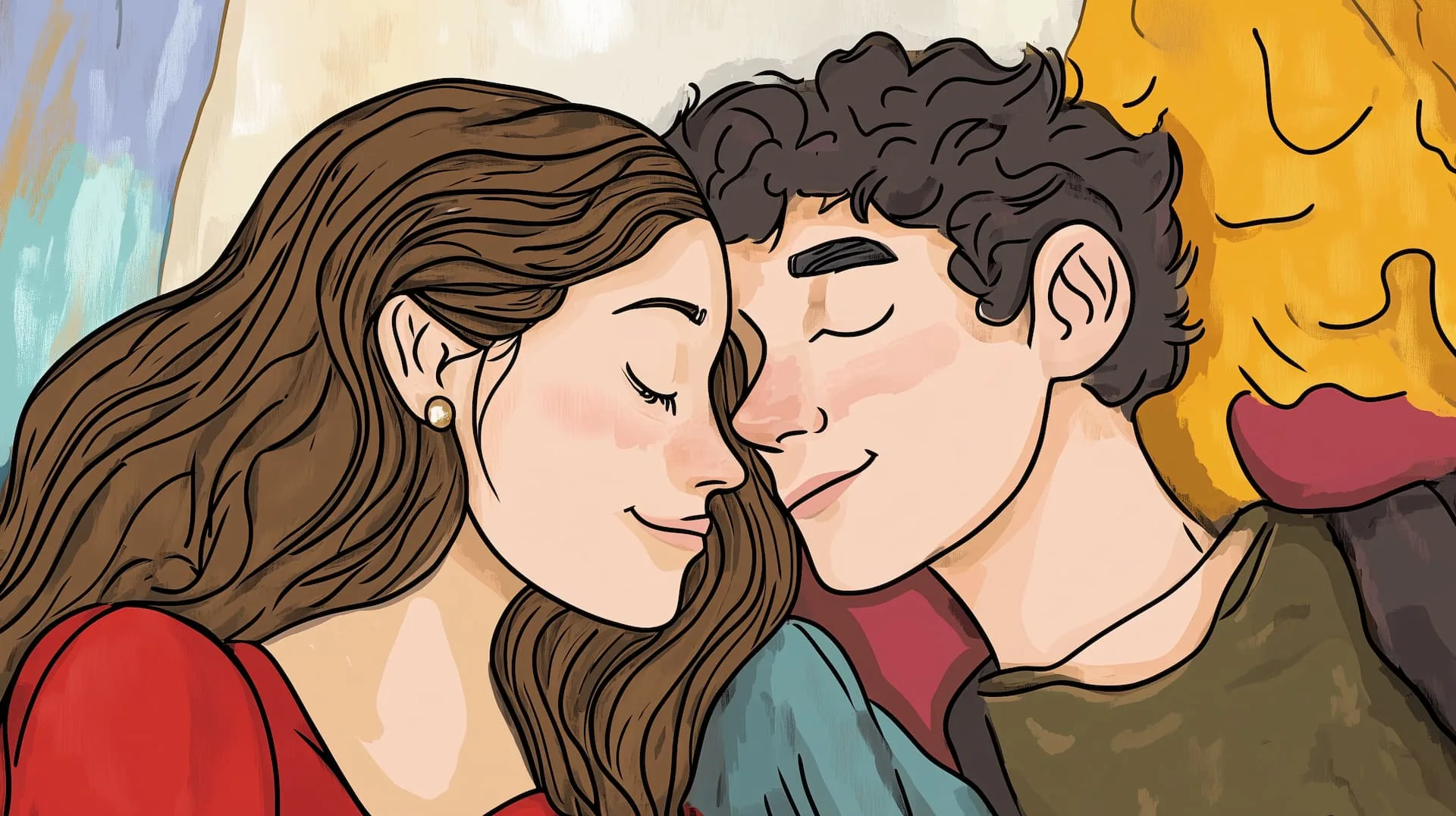
When looking for a psychic reader, you’ll notice each professional has their own rules. Whether a matter of ethics, rules or just things they don’t do, these rules are seen as some boundaries. Some make sense, others don’t. When it comes to cards, you probably wonder why many readers don’t use tarot reversals.
Reversals relate to cards showing in an upside down position. When in the right position, they’re upright. When you see them upside down, they have a different meaning. On the back, all cards feature the same design, regardless of the position. This way, you can’t pick what comes out.
Now, why do some readers avoid reversals? Most commonly, these readers treat the card as it is and they overlook the position. Let’s find out why!
4 Reasons Why Readers Avoid Tarot Reversals
Keeping Up With the Intuition
What you learn about tarot cards, meanings and interpretations will represent the foundation of your readings. When you do a reading, you pull one card after another, think about meanings and correlations between them.
Then, you tune into your spirit and see what else you can find out based on certain circumstances. You could be hearing something, seeing something or maybe feeling a message. This is when your intuition kicks in to send the message.
At this point, the last thing you want to do is stop your intuition and try to remember what the reversed meaning of the card is. It ruins the entire process.
Too Much to Remember
A tarot deck has 78 cards. Each card has a meaning, a general one. But since the practice is subjective, these meanings can go in more directions. When you think why many readers don’t use tarot reversals, it makes sense. You’d have to remember 78 other meanings. And that’s just the basics.
As you dig deeper and learn more, there might be a few times more meanings.
Now, tarot is also intuitive, so things are interpreted differently. That’s what makes the difference between readings. Some people simply interpret a reversed card as the opposite of the upright, but there are many more nuances. Some others simply see it as less of the meaning of the upright position.
You can try out both options and see what works better with your intuition.
Reversals May Feel Unnatural
For some readers, reversed tarot cards simply feel unnatural. When people try tarot cards for the first time, they don’t even think about positions. Sure, when you have a guide with you, you’ll know that position could make the difference. But otherwise, you pull the card and see what it means.
Now, reversals mean you could get a wide range of meanings and interpretations. At the end of the day, you’ll get to the same conclusion. However, more layers of interpretation could give you a better understanding of the situation.
What works for some readers won’t work for everyone else. If your reading session clicks without reversals, simply leave them out.
Not for Everyone
You’ll struggle a bit to remember 78 meanings and figure out how to interpret or adjust them accordingly. Things can get more complicated when there are hundreds of other interpretations. It would make a reading impossible.
From this point of view, reversals in tarot reading are mainly aimed at those who know what they’re doing. They’re recommended to professionals with years or even decades of experience. They can interpret layers and ideas based on combinations between cards.
If you’re planning to understand reversals with a guide, get ready to be confused because nothing will make sense. Even if you do want to learn them, it’s not an idea for everyone.
How Important It Is to Read Reversals in Tarot
Now that you know why many readers don’t use tarot reversals, you probably ask yourself how important this practice is. Should you worry about it? Should you let it go? Should you practice some more?
You don’t necessarily have to read reversals if you don’t feel like it for whatever reason. At the same time, there might be decks that you feel comfortable with, as well as decks that don’t seem inviting enough for you to read reversals.
Tarot isn’t scientifically backed. There’s no science behind it, just like you don’t have to listen to how others interpret it. Sure, there are some general meanings when it comes to cards, but the overall interpretation is subjective.
How to Read Reversals
Just like the upright position, the reversed one could mean different things. Here are the most common interpretations.
Opposite
When a card is shown in reverse, it could mean the opposite of its upright meaning. Basically, if a certain card shows hard work normally, it could mean that you don’t put enough effort it when reversed. This is the most common interpretation.
Delays
When shown reversed, a card could also represent a delay. Basically, the meaning is the same, but the outcome will be a bit delayed.
Imbalance
The reversed card could also signify a block in its energy, meaning you’d have to restore the balance in order to enjoy the upright interpretation.
Internal Energy
An internal energy may also be indicated, while the upright outcome of the card is simply a matter of struggles. This reversed card could indicate that until you sort that negative energy out, you won’t be able to get through the upright meaning.
Apart from all these, reversed cards are often associated with negative outcomes. But then, there are also tarot cards that have a not-so-positive meaning in an upright position, meaning the reversed alternative could be something positive.
Different readers do it differently. Most commonly, for more accuracy, you should take the interpretation according to the other cards in the spread.
Bottom line, it’s not hard to understand why many readers don’t use tarot reversals. It’s a matter of personal choice, since it can be confusing and difficult, especially for a newbie.
On the other hand, a reversed card could also showcase more layers of interpretation in the overall meaning of the respective card.





